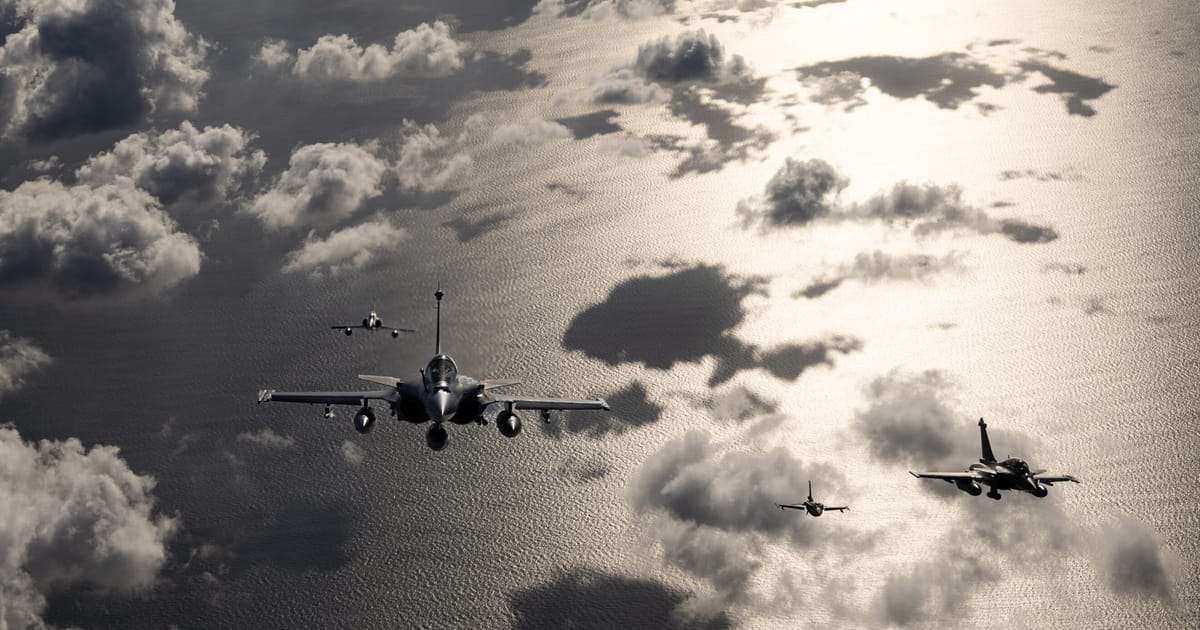“A militarised Russia poses a persistent threat to European security for the foreseeable
future,” says the document, which was first reported by Bloomberg.
While EU countries are rapidly increasing their defense budgets, much of that spending “remains overwhelmingly national, leading to fragmentation, cost-inflation and lack of
interoperability,” says the 16-page document.
The EU executive body is pushing capitals to buy weapons together and wants at least 40 percent of defense procurement to be joint contracts by the end of 2027 — up from less than a fifth now. The roadmap also sets targets for at least 55 percent of arms purchases to come from EU and Ukrainian companies by 2028 and at least 60 percent by 2030.
Setting priorities
The document goes point by point through a series of priorities.
One of its main objectives is to fill EU capability gaps in nine areas: air and missile defense, enablers, military mobility, artillery systems, AI and cyber, missile and ammunition, drones and anti-drones, ground combat, and maritime. The plan also mentions areas like defense readiness and the role of Ukraine, which would be heavily armed and supported to become a “steel porcupine” able to deter Russian aggression.
It also includes timelines for three key projects: the Eastern Flank Watch, which will integrate ground defense systems with air defense and counter-drone systems and the “European Drone Wall” recently proposed by the Commission to better protect eastern countries; the European Air Shield to create a multi-layered air defense system; and a Defence Space Shield to protect the bloc’s space assets.
